Establishing a Predictive Maintenance Software
Predictive maintenance software
Predictive maintenance software is a method that uses for data analysis to locate irregularities in the system and potential device and process faults so that you can repair them before they fail. Ideally, predictive maintenance software enables the maintenance level to be as minimal as possible to reduce unplanned corrective maintenance without unnecessary preventive maintenance costs.

Steps for Establishing a Predictive Maintenance Program:
It’s important to have a well-defined strategy covering the expected business result and the scale of the project before you start. Ideally, beginning small, studying and adjusting as you move along is advisable, and using the insights learned for more expansion.
-
STEP ONE – Choose which assets you want to include in your predictive maintenance program
In your Predictive Maintenance program, you first need to decide which assets you want to use. You don’t want to confuse stuff from the start if this is your first time with predictive maintenance program. Focusing on a few chosen properties and running this as a pilot project is easier. As for others, not all properties qualify to be on a predictive management schedule, which is not cost-efficient. Any properties are largely expendable, so they can be put or left to run to failure on simple routine maintenance. So, therefore choosing wisely, which asset or machine is to be included in your predictive maintenance program is vital.
-
STEP TWO – Set up the presence of actionable information
To help get Predictive maintenance program- rolling, machine records present a valuable and time-saving source of actionable data. Such data provides data on machine behavior that will determine, to a large extent, how the Predictive maintenance model is designed. Historical Machine Data Sources include: Manufacturer’s information, In-house historical data, Leverage staff expertise
-
STEP THREE – Analyze defects
You would need to conduct an overview of the assets you have chosen to put on a Predictive Maintenance program at this stage. The purpose of this study is to define types of failure. It is important to focus on establishing the – Machine failure severity(and effect), failure frequency, uncertainty of the fault being detected.
-Identify the assets and list the usual roles of them.
-Think of multiple asset failures.
-Identify each failure’s impact (effect on the asset, on people, the surroundings, etc.) -Rank the importance of each loss (usually from 1 to 10). -Determine each failure mode’s occurrence.
-
STEP FOUR – Choose and implement condition monitoring techniques and equipment
Condition-based control is a critical step in the process, as it functions under the premise that at some stage all equipment will deteriorate and malfunction partially or entirely. Therefore, by installing different tracking sensors on the properties, the aim is to avoid these failures. The knowledge is obtained, processed and used from there to produce predictive failure algorithms that notify your maintenance.
-
STEP FIVE – Build algorithms for forecasting failure
Next, the algorithms that will form the basis for predicting each of the FMEA-identified failure modes will be developed. This is the heart of predictive maintenance, and what happens here will get you the warnings you need for equipment tracking. The predictive system uses both the information coming from condition monitoring sensors and prognostics algorithms to analyze machine data.
-
STEP SIX – Deploy the technology by integrating it into a few selected pilot assets
The algorithms can initially run on local embedded devices mounted near the assets being monitored. This works since for just a few assets, the amount of data generated does not go to the extreme. However, as you start to scale up to include dozens or even hundreds of resources, it would take significant amounts of time and computing resources to analyze the data generated from large-scale deployments.
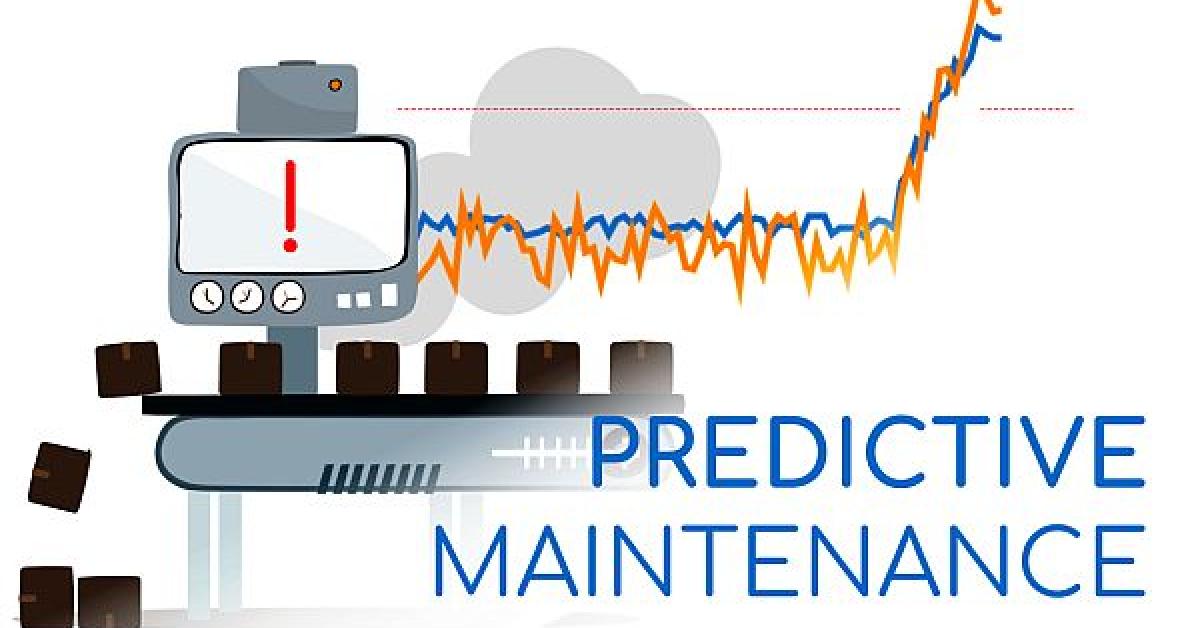

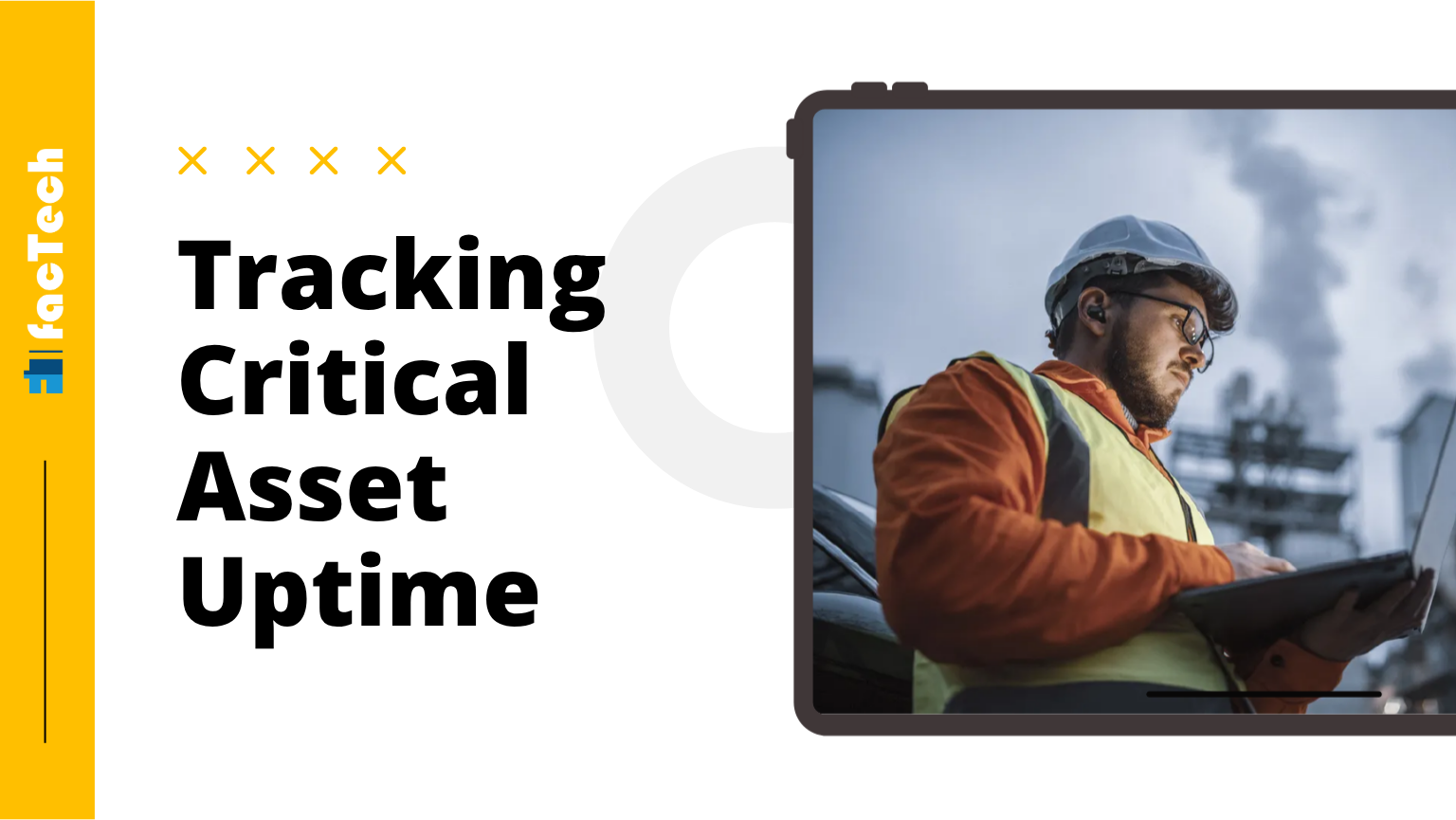
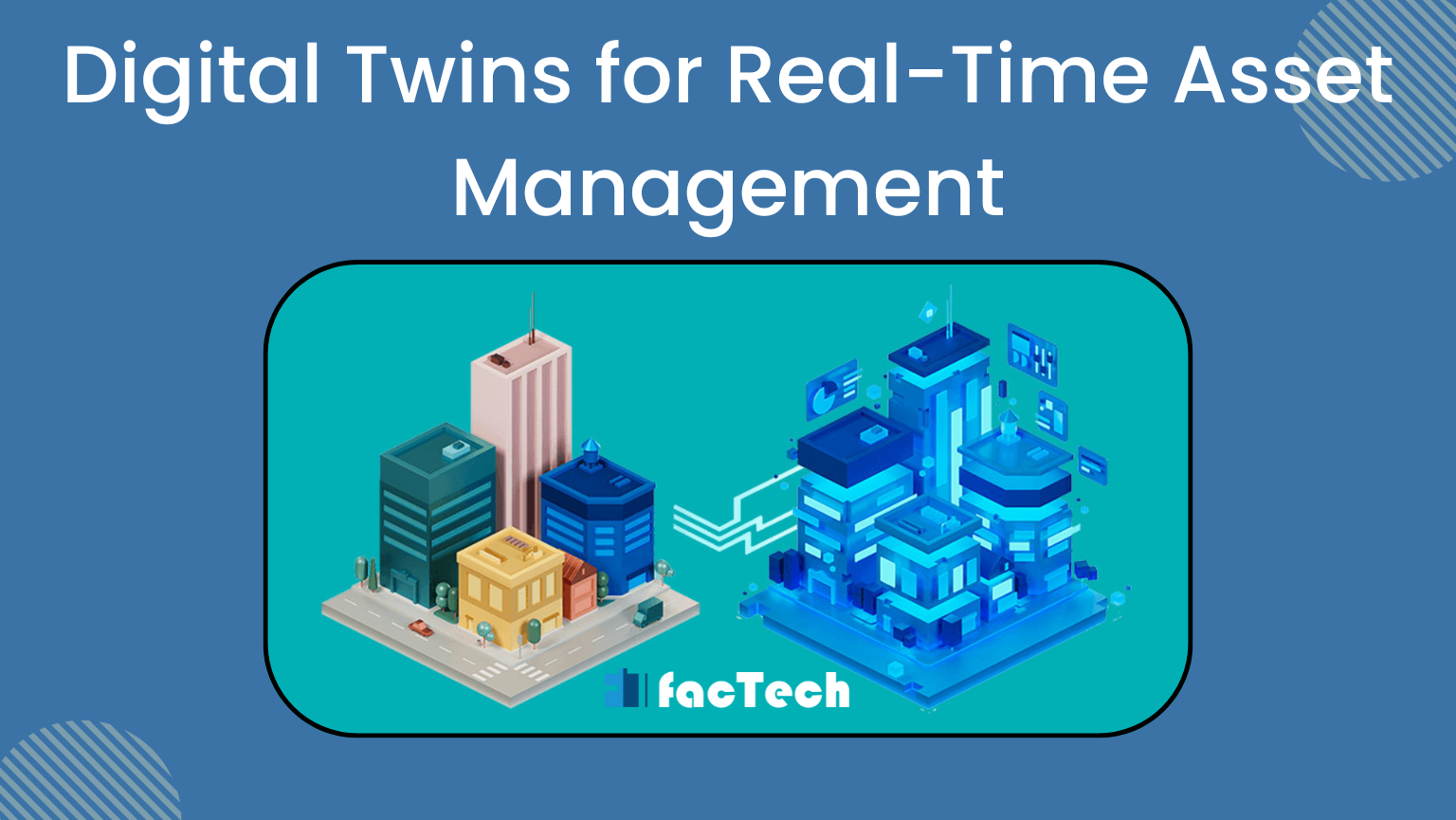



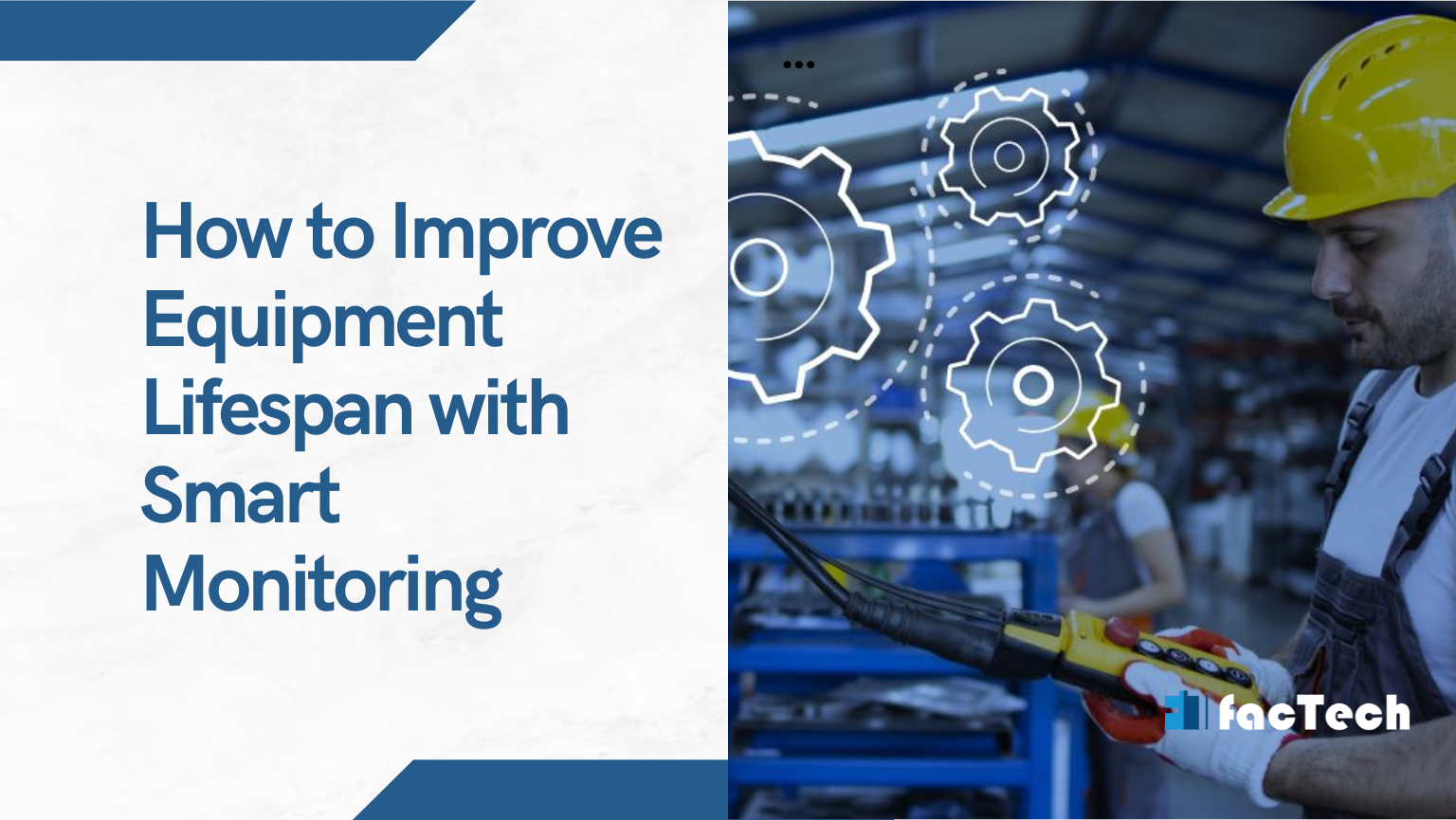
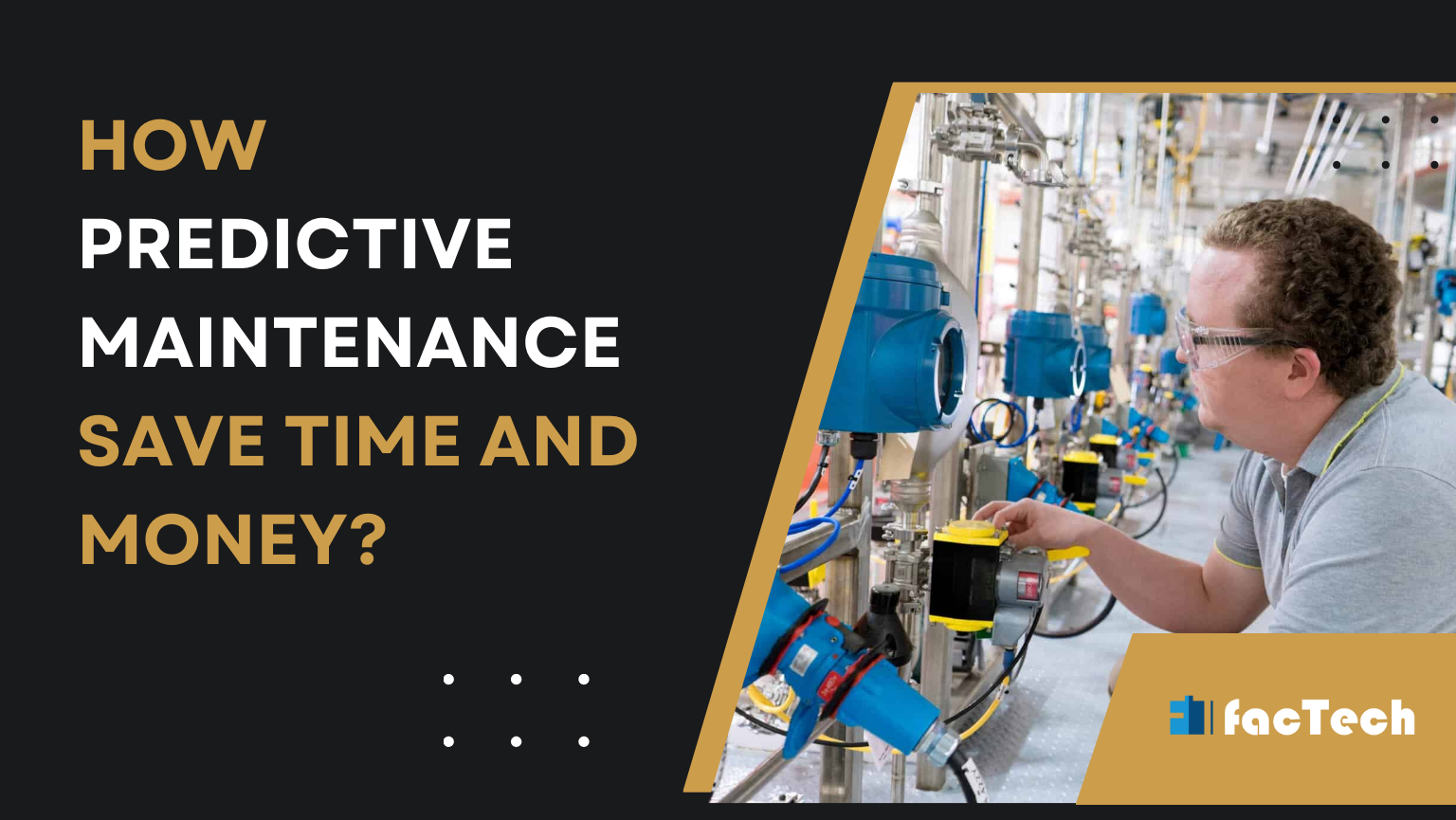



Leave a Comment